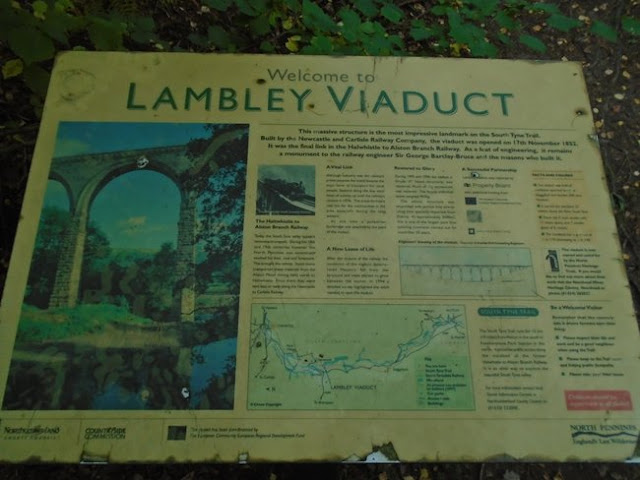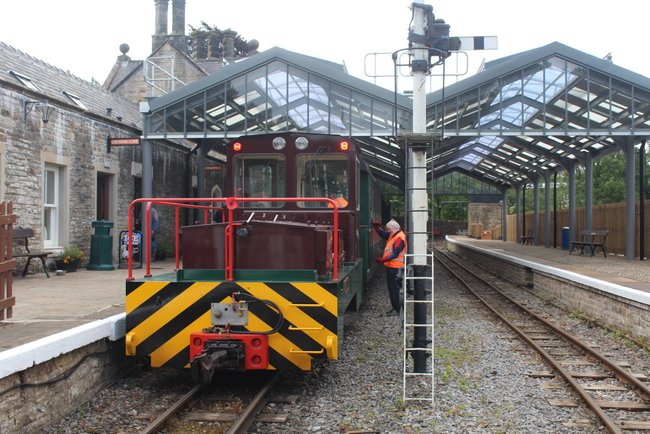Starting Point - Haltwhistle Station. Finishing Point - Slaggyford Station. Distance - 8.6 miles.
The branch line from Haltwhistle to Alston was built in the 1850s and originally intended to continue east to Nenthead. The route was primarily built for its mineral traffic particularly coal which in this region was ideally placed to serve the iron and steel industry of Cumbria and the North East alongside nearby limestone and iron ore workings. The nearby Brampton Railway, a system of colliery lines that dated back to early wooden wagonways built an extension to meet the Alston line in Lambley.
A century later there was a decline in the local coal industry of the area. The newly nationalised National Coal Board were looking to modernise the industry and the mines in this region largely consisted of small mines that were prone to flooding. From the 1950s the line just saw a diesel unit passenger service from Haltwhistle and the writing was on the wall. It was recommended for closure in the Beeching report but was reprieved due to the poor local roads that were regularly blocked with snow in winter and the lack of bus services. Closure came in 1976 once the road situation had been improved.
On closure of the line a group formed to preserve it and has operated narrow gauge trains from the Alston end since 1983, gradually extending as far as Slaggyford.
More about the history of the line can be read on the Wikipedia article.
While it would possibly be an interesting trip to walk to Slaggyford, take a train to Alston on the South Tynedale Railway and return by bus my visit was on a day the railway wasn't operating. Instead I took my folding bike to Haltwhistle and cycled to Slaggyford and back, it being a bit far to walk it in both directions. I have previously ridden on the train a few times.
Haltwhistle station has more period character than some heritage railway stations with most of its original buildings remaining including a unique elevated signal box and the water tower. Part of the old goods yard survives as an engineer's siding for stabling track machines.
After the viaduct there is a short detour where the Haltwhistle bypass has cut through the formation but the trackbed is regained off Plenmeller Road just across the bypass. From the 1920s to 1940s a simple platform halt was provided here. An industrial site now occupied the former colliery site to the left of the railway.
Below - A couple of surviving bridges as the line passes Broom Houses.
Below - The first proper station was Featherstone Park, the platform survives and the station master's house is now a private residence. The former goods yard is now a car park for people using the path.
To the north of Lambley Viaduct another car park is provided and an information board (below).
Below - Viaduct carrying the former line over Glendue Burn.
Below - Bridge over the line at Softley
Below - Road bridge over the line, since strengthened for heavier road traffic.
Below - Slaggyford station, currently the northern terminus of the narrow gauge South Tynedale Railway.



































No comments:
Post a Comment